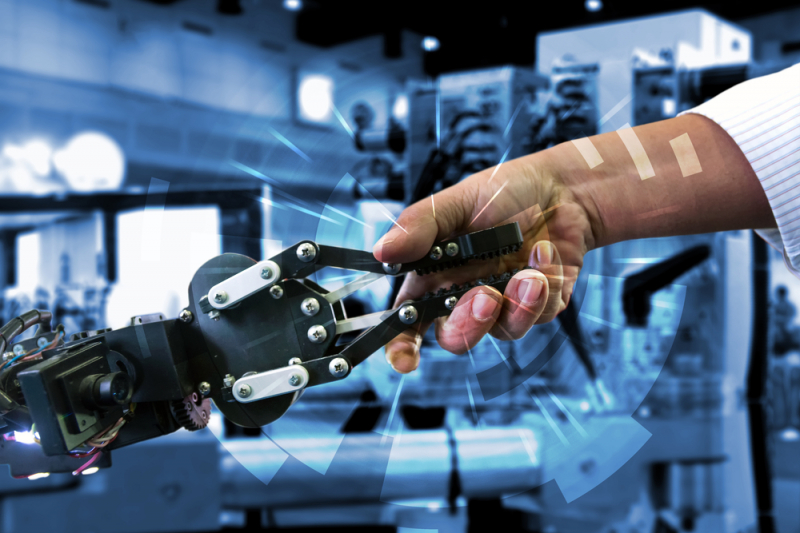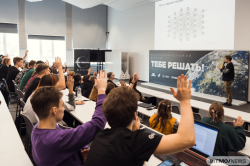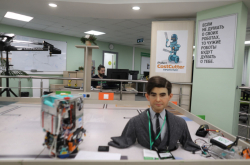Why Sberbank needs robots
The robotics laboratory was launched in late 2017. Today, its staff consists of 35 engineers and project managers, most of whom came from start-ups. 25% of the employees have a degree or are preparing to defend their thesis. By the time the robotics lab appeared, Sberbank was already the largest IT company in Russia. Few people realize that Sberbank now employs tens of thousands of designers, programmers, and IT specialists. Besides the robotics laboratory, Sberbank has seven other research and development centres operating in all key areas of advanced technology.
In its work, the laboratory adheres to these core principles: everything we do should be applied, one way or another, in the bank, and we must clearly envision the results.
But we do not only solve the problems of the bank, for it is not an end in itself, it is rather a platform for experiments. We are aiming to expand our development globally, to enter the international market with a good, high-quality product that has already been customer-tested.
We are constantly collaborating with other teams and laboratories. Because it's dangerous to be isolated in your research – there is very little probability of creating something brilliant, chances are it will be either a dead end or the invention of a bicycle.
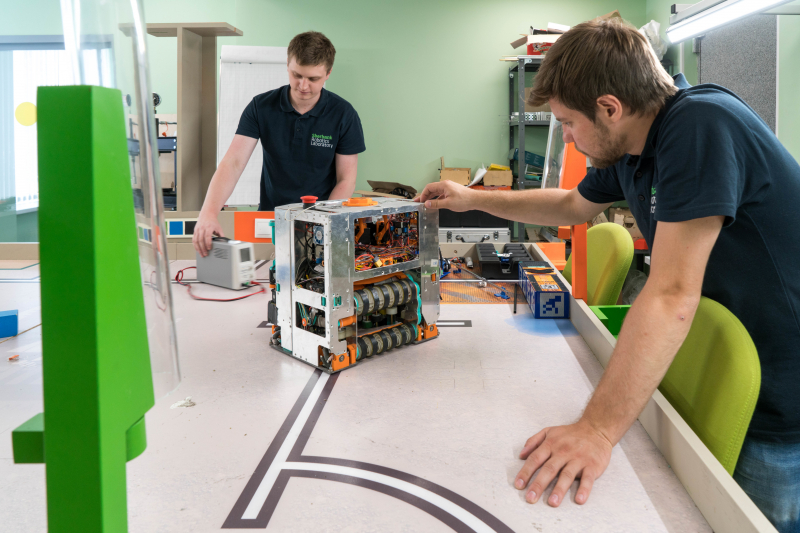
And the last principle we have called "Take X and make AI": We take any kind of hardware, add artificial intelligence to it and try to discover its new properties and new areas of use.
But why does Sberbank need robots in the first place? There are three main factors.
First of all, these are manual operations when working with cash: about 80 thousand tons of cash are still processed manually. Automating these operations will significantly speed up business processes, reduce customer service costs and relieve bank employees of heavy physical labor, reduce fatigue and increase work capacity.
Secondly, Russia is a huge country where some regions are not easily accessible. At the same time, Sberbank plays the role of a country-forming enterprise, linking the regions together. In every town or village, even in the smallest countryside, there is a bank office. Тhis office should have constant supply chains, with regular deliveries of money, documents, cards and so on. Our laboratory is developing technologies that could automate the process of supplying the departments, even the most remote ones. These are, for example, drones and other logistics equipment that could deliver documents, goods and material assets without human intervention and regardless of roads.
Thirdly, such large-scale organizations as Sberbank simply need to maintain technological leadership in the current highly competitive environment, where IT giants and major social networks are moving towards financial markets. These companies are starting to create their banking services using the ecosystems already established by their platforms, with a huge amount of data and information about users. Therefore, financial organizations have no way to survive in the future if they do not become IT companies.

An automated future
We all understand that robotization is inevitable. At the same time, if we do not think about our robots, then other people's robots will come and think about us, and the situation will undoubtedly be worse.
One of the conditions guaranteeing that robots will be everywhere soon is the acceleration of social development that we have seen throughout the entire history of social institutions. The later new technologies appeared, the faster they went from prototypes to mass market capture. All of you have experienced how many technical innovations that seemed advanced in your childhood were born and died in your time.
Robotics is now developing very quickly, embracing various technologies and breaking through to new market segments. Twenty years ago, the robotics business was exclusively industrial аutomatization, where it was possible to clearly define all processes, program the robot, launch it for five years without any changes, and it worked for five years with the same program, doing the same things. Now we see that robot technology is getting smarter and the robots are getting closer to us. Their capabilities are becoming more flexible and they can adapt to the environment around them.

Economists agree that the impact of robotics on society in the coming decades will be comparable to the impact of the steam engine on agriculture and of industry during industrialization. Robotics is likely to deprive a huge number of people from their current jobs, but it will also create new types of activities that we will have to master.
An increase in productivity is the main driver of the universal introduction of robots. In European countries an important task is also to distance people from dangerous and difficult conditions. This is due to the fact that in Europe the cost of living is much higher: insurance and medical expenses for staff are taken into account at all stages of business process design. So, there are purely economic reasons for the alternative to human labor.
The productivity increase from robot implementation depends on the industry and ranges from 10% to 55%.
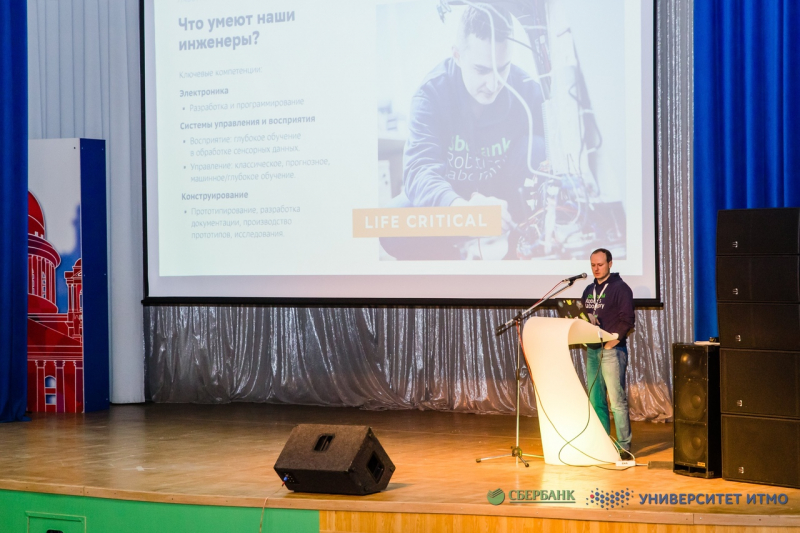
Modern robots’ main problems
What do humans do well? We can solve almost any task, including those we have never encountered, we are able to think creatively, use a high level of abstraction, quickly learn from others and adopt their experience.
What are machines good at? At the moment they know how to handle numbers , to perform routine operations and repetitive actions, to adjust their program according to surrounding parameters changes. But, nevertheless, they still cannot independently search and find solutions or come to complex and logical conclusions.
There is the so-called Moravec’s paradox: we were able to teach artificial intelligence to solve very complex problems which a person cannot cope with, but when combined with skills it cannot outperform a one-year-old child.
Artificial intelligence knows how to recognize and categorize the objects of the surrounding world. In this domain, significant results have been achieved: if you look at the leading companies' latest works in the field of neural network segmentation for object recognition and classification, you can really think that everything is done. But it is relative. The challenge is now shifting from "who recognizes objects more" to "who recognizes objects more using less data". In order to teach neural networks, you need a huge amount of data, and the more object classes there are, the bigger neural networks become – it’s a closed loop.

Another issue is that robots memorize classes independently of each other and cannot establish relationships between things. They also do not understand causal relations and are not able to make any predictions. This is the problem with unmanned vehicles – they cannot anticipate all the possible scenarios on the road, as people are able to do.
Also, robots are bad at communicating with each other as well as with humans. Any medieval apprentice was much more useful than the most sophisticated of modern robots. Robots do not understand non-verbal language at all, do not understand human actions, cannot guess their needs.
They are also very vulnerable to cyber-threats and require constant protection and reconfiguration.
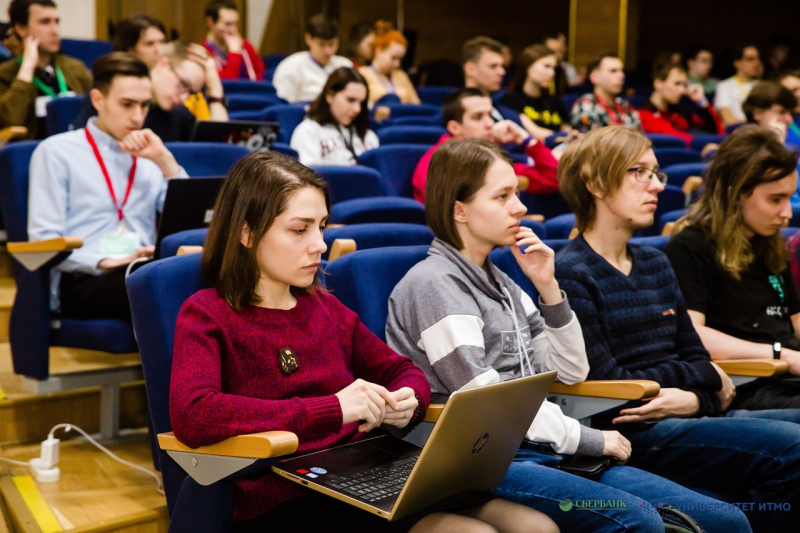
Ten challenges facing robotics
Searching for and using new materials is one of the main objectives of modern research. Most likely, the future will be not for hard metal robots, but for soft, flexible, comfortable ones, like us. Therefore, today we are actively studying multifunctional, sutureless, flexible materials and artificial muscles, which are likely to be biodegradable as well.
Developing biohybrid and biomorphic technologies is also on the agenda. Some time ago, everybody was hearing about a rat-brained robot. Scientists have artificially grown a neural network of several dozens of thousands of neurons, which are located on a silicon sensitive bedding. This neural network quickly learned to control the robot, to navigate in space, manage simulators and solve the simplest tasks.
One of the vulnerable parts of any modern robot is its battery. Lithium batteries have significantly increased the power and capacity of mobile robots, especially drones. But such batteries are quite bulky, heavy, and also explosive and flammable. Therefore, the emphasis is now on alternative energy sources – mechanical, photovoltaic, thermoelectric and electrochemical.
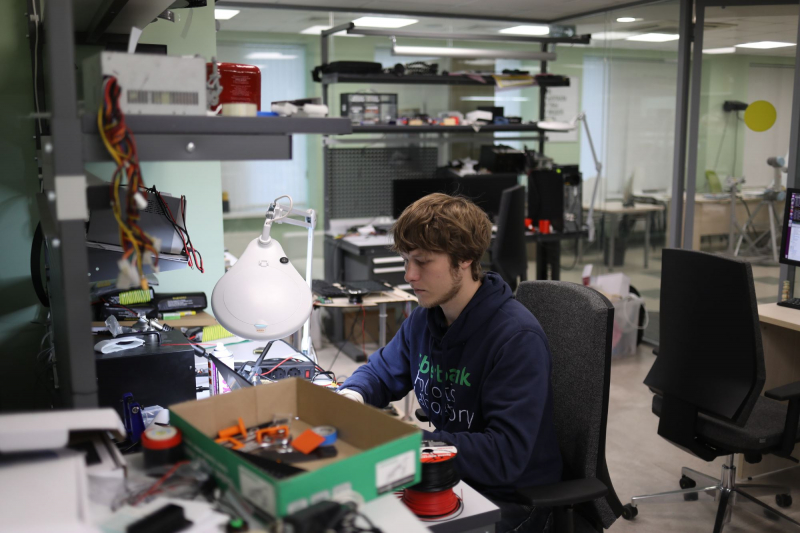
A lot of research is carried out in the field of navigation and general stability of robots under hostile working conditions. It is necessary to provide them with a high level of autonomy for self-monitoring, adjustment and repair, as well as the ability to navigate in the absence of signal.
A whole set of tasks is related to the issues of human-robot interaction: the robot must learn to recognize social signals, emotions, facial expressions and gestures. It should have an episodic memory, and be able to imitate emotions, to predict people's expectations, and to understand the consequences of its actions. It also has to learn to understand the social and moral norms.
In order for a robot to meet all the requirements it faces, it needs powerful artificial intelligence. It is necessary to teach it to understand and synthesize complex meanings, to conduct a meaningful dialogue with a person, to make moral and evaluation judgments about problems, to make independent decisions.
This raises an urgent question about how to adopt ethical standards for the robot and make it safe for humans. We can remember the canonical laws of robotics: the robot should not harm a person or, by its inaction, should not let a person be harmed. This is a general problem that artificial intelligence developers face: no one knows how to implement these very laws into the brain of the robot. We can only hope that it will be able to assimilate the moral and ethical norms in the process of learning and copying examples that we are giving it, but this is certainly not the most reliable method.
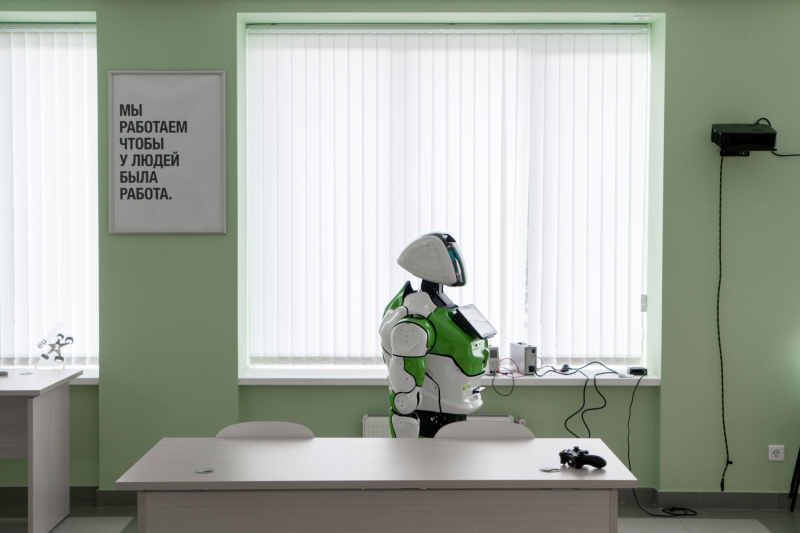
The human population is aging rapidly – in the future we will have a huge number of weak people to support and care for. That is why we need to teach robots to do as many things as possible on their own and become as cooperative as possible – otherwise, who will take care of us when we grow old?
The medical field is being actively robotized now – robots show an increasing degree of autonomy during surgery, nanorobots for microsurgical operations are being developed, and we are investigating the concept of implantable robots that can replace, repair and improve organs and physiological functions in the human body.
An important area of robotics is brain-computer interfaces, which are designed to help people with partial paralysis and other body disabilities. Wireless implants programmed for interaction with peripheral neuroprostheses, functional electrical stimulation devices, and exoskeletons are implanted into the human brain.
Translated by Alexia Vanmalder
